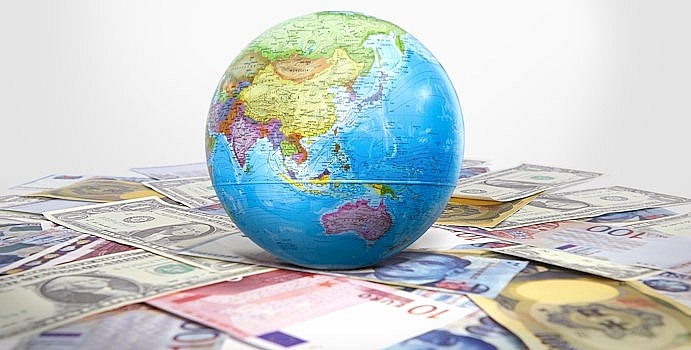Overseas remittances to Vietnam to fall at least 10-15 per cent due to COVID-19
 |
| Vietnamese people working overseas, and remittances, are particularly vulnerable to COVID-19 |
Experts at BIDV predicted that this year’s remittances to Vietnam could drop by at least 10-15 per cent on-year.
Deputy head of the central bank's Ho Chi Minh City branch Nguyen Hoang Minh stated that remittances to the city topped $3 billion in the first seven months, 1.2 per cent lower than last year.
In 2019, Vietnamese expatriate workers sent home $16.7 billion, equivalent to 6.5 per cent of Vietnam’s GDP, $5.3 billion of which came to Ho Chi Minh City.
According to the United Nations Development Programme, 60 per cent of remittances flowing to Vietnam comes from the US, which accounts for 50 per cent of all overseas Vietnamese. Europe accounts for around 20 per cent while other major sources are China, South Korea, and Japan.
A World Bank report shows that the projected fall in remittances, which would be the sharpest decline in history, is largely due to a fall in the wages and employment of migrant workers who tend to be more vulnerable to loss of employment and wages during an economic crisis in a host country.
The total amount of remittances has made Vietnam the world’s ninth biggest remittance beneficiary last year.
The money has been on an upward trend for the last 20 years, with around $1.3 billion in 2000.
What the stars mean:
★ Poor ★ ★ Promising ★★★ Good ★★★★ Very good ★★★★★ Exceptional
 Tag:
Tag:
Related Contents
Latest News
More News
- PM orders investment model for North–South high-speed rail (December 22, 2025 | 17:43)
- First members of Danang International Finance Centre revealed (December 22, 2025 | 17:39)
- Securing capital and efficiency for Vietnam’s 2026-2030 growth ambitions (December 17, 2025 | 10:00)
- Driving double-digit growth through green and circular transformation in Vietnam (December 17, 2025 | 09:00)
- Vietnam bucking trend in the global M&A landscape (December 16, 2025 | 14:20)
- Vietnam’s green transition demands collective financial action (December 15, 2025 | 12:00)
- VIR workshop highlights capital and policy for sustainable development (December 15, 2025 | 11:00)
- National Assembly approves pilot mechanisms to accelerate major projects in Hanoi (December 12, 2025 | 11:29)
- Vietnam eases policy approval requirements, simplifies foreign and outbound investments (December 11, 2025 | 17:53)
- Unpacking new momentum in Vietnam’s M&A market (December 10, 2025 | 09:59)





























 Mobile Version
Mobile Version